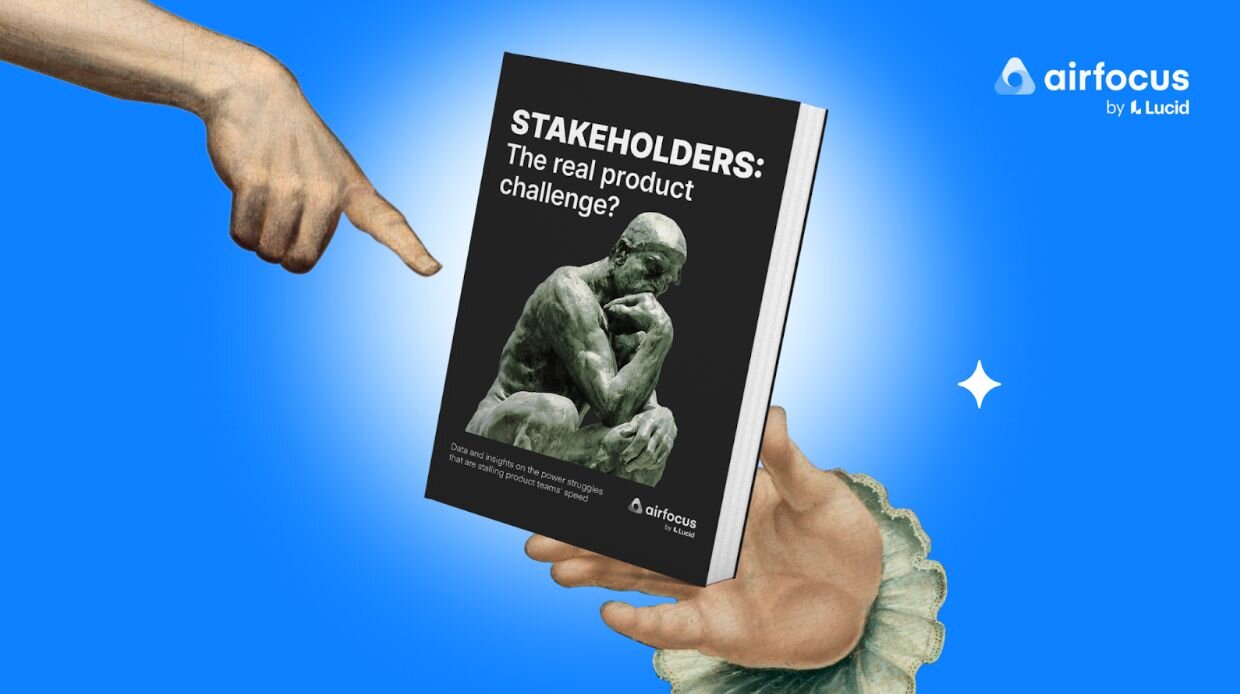In this #mtpcon Digital APAC session, Product Leadership Consultant Rich Mironov explains how to prioritize ticket requests and define a strategy for dealing with misaligned stakeholders within an organization. As Rich points out, requests can come in various categories with different metrics and rationales. It’s, therefore, up to product managers to figure out a way to align those requests.
Watch the session in full or read on for the highlights.
Prioritizing with buckets
With the various requests that come into a JIRA ticket system, it can be tempting to take out a spreadsheet, start assigning numbers of priority, and knocking them out one by one. But as Rich points out, this method won’t yield good results as it’s hard to rank-order unlike items since they have different units and the units of ROI are different.
“Instead of trying to match, unlike things, I’m going to suggest that what we want to do is we want to create three or four buckets or slices or categories where similar things are compared,” he says. For example, grouping deal-specific vs. single customer requests or creating another category for validation and discovery experiments.
Software investment proposal
Rich suggests breaking down items into categories that showcase where engineering money is being spent. He illustrates this:
- Green: What users see (E.g., Visible features, UX, upsells, new markets)
- Red: What must be done to stay in business (E.g., quality fixes, scalability, security)
- Gray: Special requests to come in to close a deal (E.g., Things not on the roadmap, unplanned, deal-driven changes)
- Blue: An area for validation that is not a big slice but still important
By separating items into categories such as this, you can develop a strategy before assigning tickets.
What each side wants
Every organization suffers from some form of misalignment among stakeholders. The reason being that each department looks at things through a different lens based on their own wants and needs. As Rich explains, sales have recency bias, and their metric is based on current-quarter revenue. Marketing is focused on small numbers of large customers, headline features, and benefits, and their metric is based on top-of-the-funnel interest.
Support is focused on reported issues, and their metric is reduced tickets and outages, whereas engineering is focused on tech debt and architecture, and their metric is smoother development. For executives, Rich references his own time as a CEO. He mentions their “lens is deep recency bias; it’s the last phone call from the last angry customer. The metric tends to be, except with very seasoned executives, can we close today’s large deal today? We’ll worry about how to do it tomorrow.”
Each stakeholder group will push to make their slice of the pie bigger because they measure it differently. However, as a product manager, it’s crucial to remember we’re never just one feature away, and another approach is needed.
What to do?
Involve stakeholders in trade-offs and get help prioritizing the most relevant tickets for each stakeholder. Create a work in progress (WIP) spreadsheet and explain to stakeholders why their current request can’t be prioritized first because it’s not enough to have everything listed on a spreadsheet.
The key takeaways from this session are that as a product manager, you need to find ways to reorganize each group’s bias, get executive agreement for explicit allocation and find ways for stakeholders to help prioritize by sharing the burden of so many requests and trade-offs.
More on stakeholder management
Discover more Stakeholder Management content on Mind the Product — we've got a whole library on the topic! You can also browse our library of #mtpcon keynotes or use our Content A-Z to explore even more product management topics.






